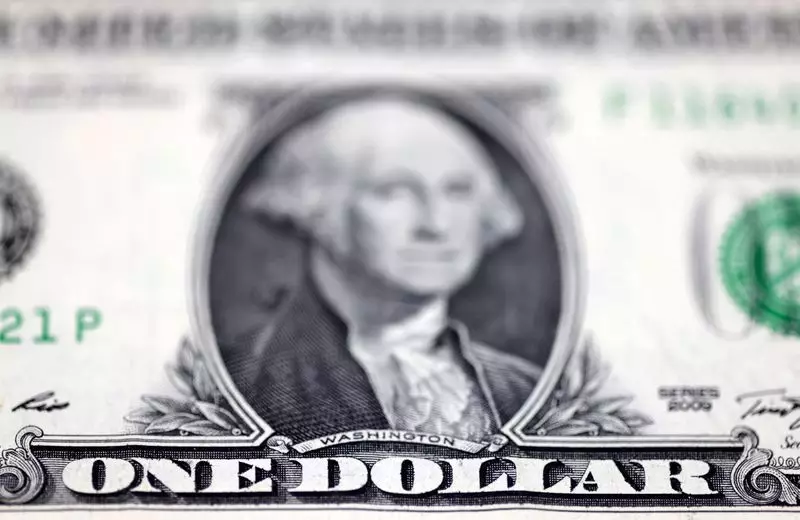The U.S. dollar has emerged as a strong contender in the current economic landscape, fueled by expectations of decisive policy changes under the incoming administration and prevailing market dynamics. This analysis delves into the factors driving the dollar’s ascent, examining the implications of potential fiscal policies, interest rates, and labor market developments.
As 2023 draws to a close, traders and analysts are closely monitoring the evolving economic narrative that underpins the strength of the dollar. The anticipation surrounding the incoming Donald Trump administration is palpable, with expectations of economic policies that are predicted to invigorate growth and spur inflation. The promise of tax cuts and deregulation has created optimism regarding the U.S. economy’s trajectory, which, in turn, supports a stronger dollar.
While the proposed changes have been welcomed by many, the long-term effects remain uncertain. Analysts suggest that measures aimed at curbing illegal immigration and introducing tariffs could disrupt trade relationships and introduce inflationary pressures. This duality poses a risk to the dollar’s strength, underscoring the complexity of the economic landscape and the precarious balance policymakers must maintain.
Interest rates play a crucial role in determining currency value, and recent developments from the Federal Reserve have significant implications for the dollar. Recent reductions in borrowing costs—25 basis points—are indicative of the Fed’s cautious approach in managing inflation, which remains above desired levels. Federal Reserve Chair Jerome Powell’s commentary indicates that any further rate cuts hinge on observable progress in controlling inflation.
Market speculation has led to a reevaluation of future interest rates, with traders now pricing in potential reductions amounting to 35 basis points in 2024. Such forecasts signal confidence in the Fed’s measured approach, yet they also imply a cautious economic outlook. As monetary policy evolves, the interplay between interest rates and the dollar will be crucial in ascertaining future strength or vulnerability.
The U.S. labor market continues to display resilience, even amidst broader economic uncertainties. A recent report indicated a decline in jobless benefits claims, suggesting a healthy labor force that remains a cornerstone of economic stability. This resilience supports consumer confidence and spending, further bolstering dollar strength.
Moreover, data indicating a remarkable 3.8% increase in retail sales during the critical holiday season reflects not only consumer confidence but also a robust economic environment. This surge, driven by intense marketing competition among retailers, underscores the dynamics of consumer behavior in response to economic pressures, reinforcing the dollar’s positive outlook as spending stimulates growth.
The Global Context: Fluctuations Against Major Currencies
Market reactions to the strong dollar narrative have had tangible effects on currency trading. The dollar index recently increased 0.13%, staying just shy of a two-year peak, reflecting its relative strength against other major currencies. While the euro experienced slight depreciation, the dollar’s gains against the Japanese yen highlight a growing divergence in international monetary policy approaches. As the Bank of Japan signals its intentions towards achieving the 2% inflation target, the timing of any interest rate adjustments will be keenly scrutinized.
In parallel, the volatile realm of cryptocurrencies exhibits its own set of challenges, with Bitcoin experiencing notable declines. Such fluctuations point to the broader financial market’s complexity as investors navigate between traditional currency strength and digital asset investments.
As we head into a new year, the outlook for the U.S. dollar is the product of intricate policy decisions, evolving market reactions, and the resilience of the labor market. While the dollar’s recent gains may suggest a robust economic outlook, the uncertainty surrounding future fiscal policies and global economic dynamics necessitates a cautious approach. Continued vigilance will be essential for traders, analysts, and policymakers alike as they navigate the complexities of the economic landscape going forward. The unfolding story of the dollar not only reflects current realities but also serves as a precursor to what might lie ahead in 2024 and beyond.

